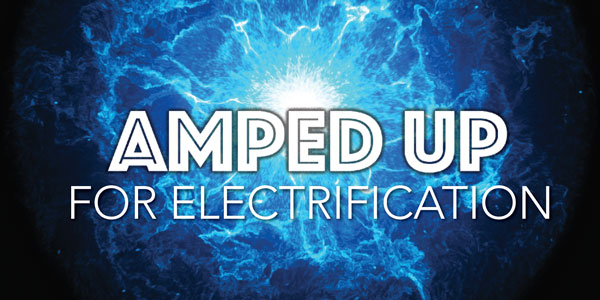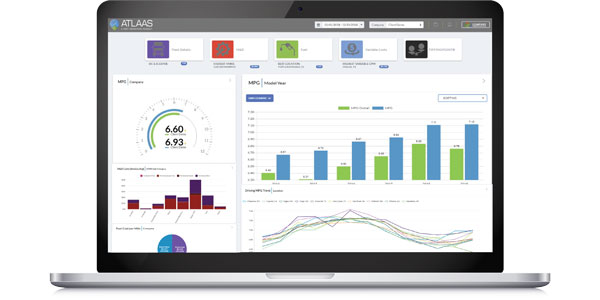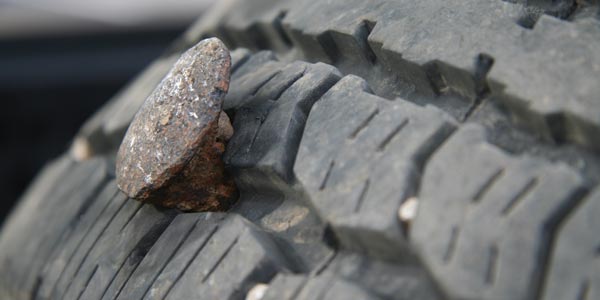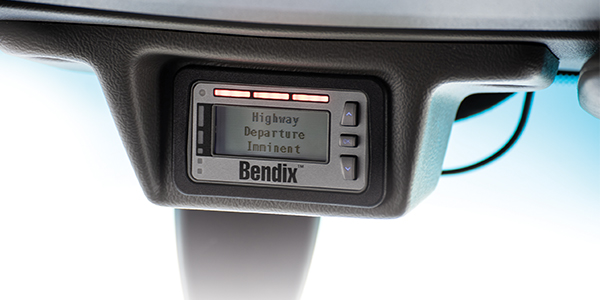Storage issues
Aside from DEF usage and sources, fleets need to consider storage issues. DEF is corrosive to aluminum and carbon steel, so storage units must be made of stainless steel or composite plastic materials. In addition, DEF is sensitive to both extreme cold and high ambient temperatures. DEF freezes below 12˚ F, and if exposed to temperatures above 90˚, will have a reduced shelf life.
Suppliers
DEF storage and dispensing solutions are available from a range of suppliers, including:
• Air1 can install a DEF mini bulk system at diesel storage facilities. The unit has its own dispensing equipment and is available with a standard 1,000-gal. tank.
http://us.air1.info/en/def-storage/def-tank-storage
• AirBlueFluids Inc. (ABF) has aligned with equipment manufacturers to provide DEF dispensing systems in 55-gal. drum and 275-gal. tote sizes, as well as bulk solutions.
www.airbluefluids.com
• Blue1USA, a manufacturer of DEF storage and dispensing systems for use by fleets, has an agreement with its sister company, EZ Fuel & Tank Solutions, to provide government fleet agencies the ability to purchase DEF storage and dispensing equipment through the EZ Fuel GSA Contract.
www.blue1usa.com
• BlueDEF dispensing equipment offerings include top and side systems for 55-gal. drums, 275-gal. and 330-gal. totes, and mini bulk and bulk systems. The BlueDEF Equipment Program offers installation, service and maintenance.
www.bluedef.com
• Colder Products Co. has developed its DrumQuik PRO system, a closed-dispensing solution for extracting DEF from drums, small containers and totes. DrumQuik PRO combines a recyclable container closure and a dip-tube into one integrated unit. The dispensing coupler is a reusable quick connect/disconnect device that connects the drum to the DEF pumping system via a standard DEF hose. The dispense coupler can be used with all common pumping systems.
www.colder.com/specialties/drumquik/drumquikhome.aspx
• Cummins Filtration offers a complete line of DEF dispensing equipment that is compatible with all on- and off-highway SCR systems.
www.cumminsfiltration.com
• Gilbarco Veeder-Root offers DEF dispensers. that use a Weights & Measures-approved mass flow meter that has no moving parts. The mass flow meter and hydraulics are stainless steel to protect against the corrosive characteristics of DEF. A thermostat-controlled, heated cabinet prevents DEF from freezing or crystallizing.
www.gilbarco.com
• KleerBlue offers DEF storage and dispensing solutions for truck stops, card locks, public/private fleets, construction, marine and agricultural equipment, as well as solutions for DEF blending, dilution, fleet bulk storage/dispensing, distributor bulk storage/container filling, railcar transloading and portable delivery cart/skid systems. Storage solutions include aboveground systems with 400-, 1,000- and 2,000-gal. triple wall, R16 insulated and efficiently heated mini-bulk tanks and up to 16,500-gal. bulk HDLPE polyethylene storage tanks for inside/outside storage. DEF dispensing solutions are available from drum and tote packages to manufactured commercial, fleet and retail electronic dispensers. Custom design capabilities are available to meet customer’s specific needs.
www.kleerbluesolutions.com
• Powerblanket’s line of wrap-around DEF heaters is available for totes, pumps and dispensing units. The heated enclosures are secured with adjustable nylon straps and can be used on metal and plastic containers. Two standard models are available for 275- and 330-gal. tote sizes, and custom sizes also are available. Standard Powerblanket DEF heaters are rated to -10˚ F, while Arctic versions are rated to perform in temperatures as low as -40˚ F. The heaters, which are powered by 120V electricity and include a preset digital thermostatic controller, also provide several hours of extended protection in the event of a temporary power failure.
www.powerblanket.com
• Southern Pump & Tank Co. has developed a solution for storing and dispensing DEF under the name Spatco DEF Dispensing equipment.
www.spatcodef.com
• Terra Environmental Technologies (TET), a wholly-owned subsidiary of CF Industries Inc., offers DEF in one- and 2.5-gal. jugs, 55-gal. drums, 330-gal. totes, 5,000-gal. tankers and 20,000-gal. rail cars. The company’s one- and 2.5-gal bottles all have a built in nozzle, covered with a plastic sleeve to prevent contamination, and the 2.5-gal. jug has an integrated air flow valve—squared-off on the handle to prevent leaking—that maximizes the flow rate for dispensing in less than 30 seconds.
www.tet-terra.com













